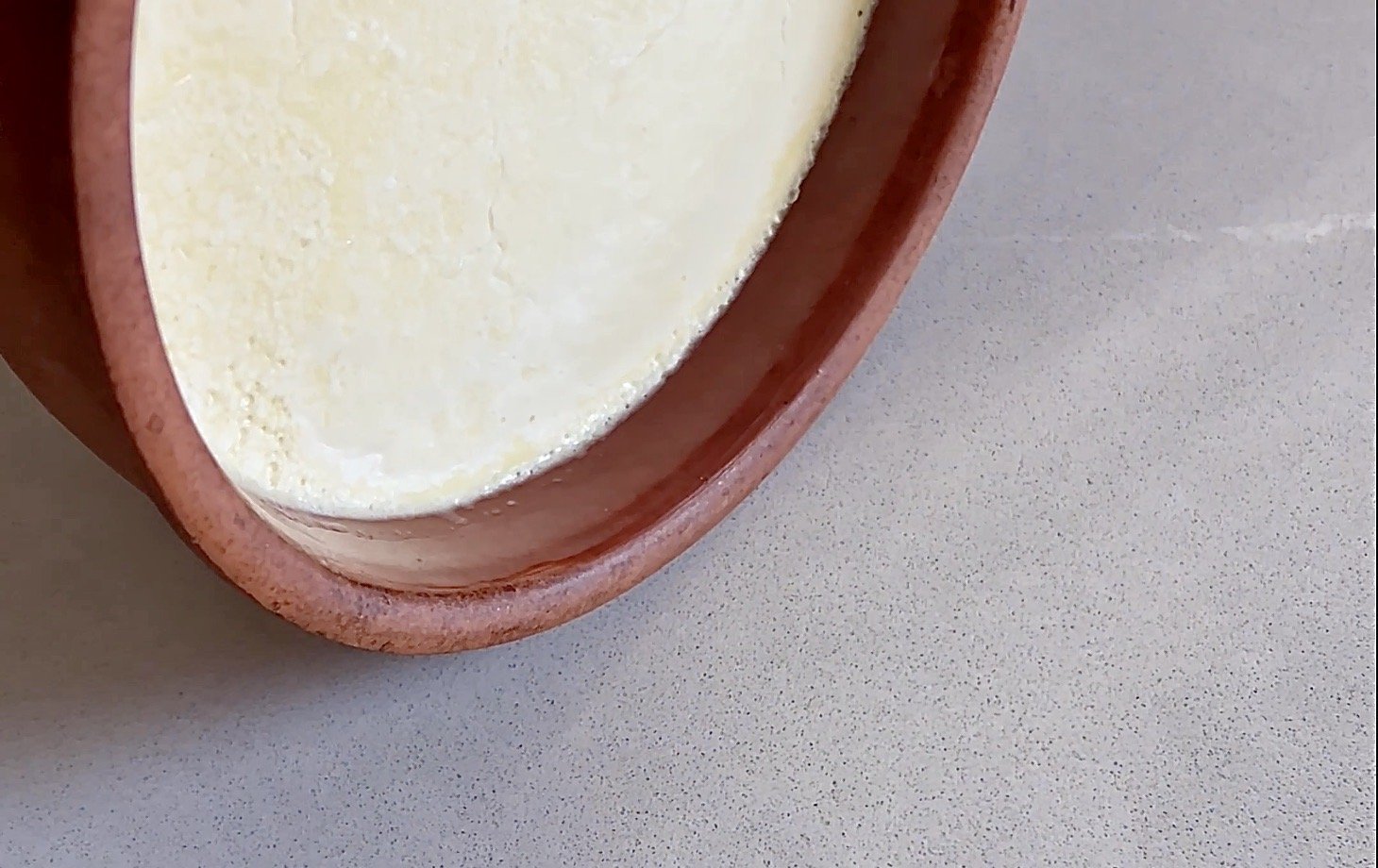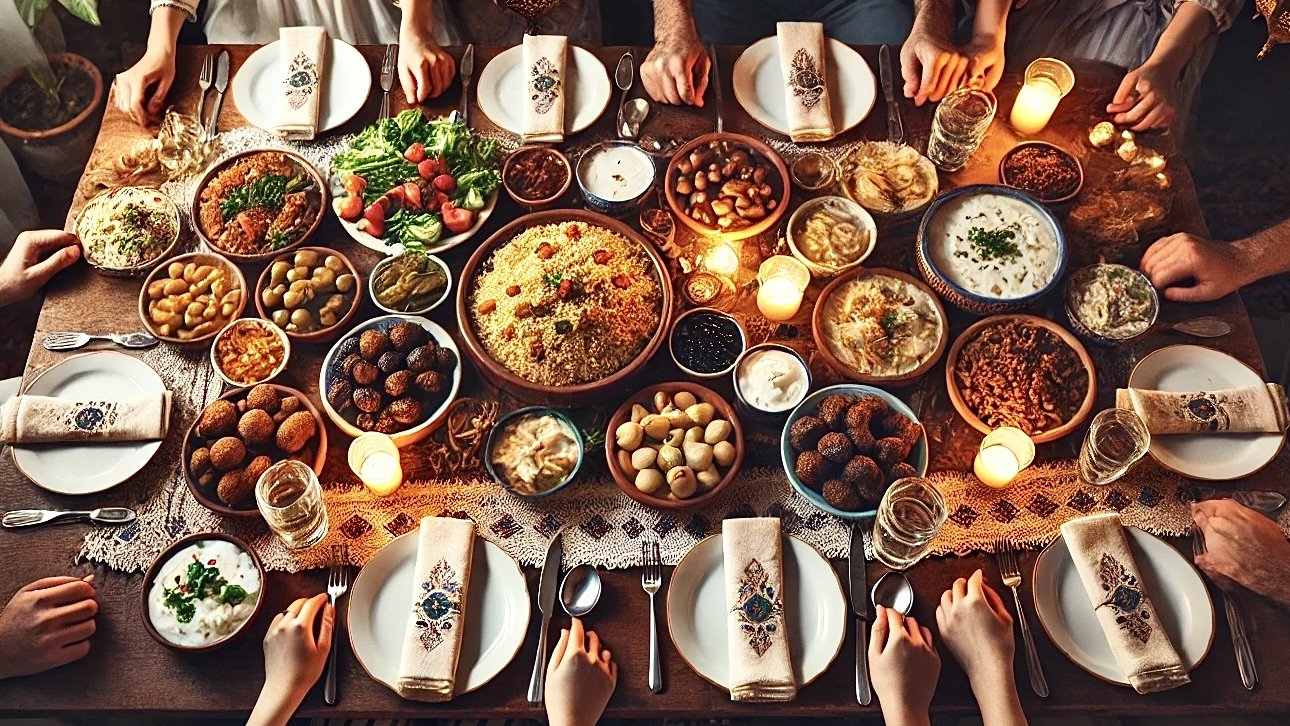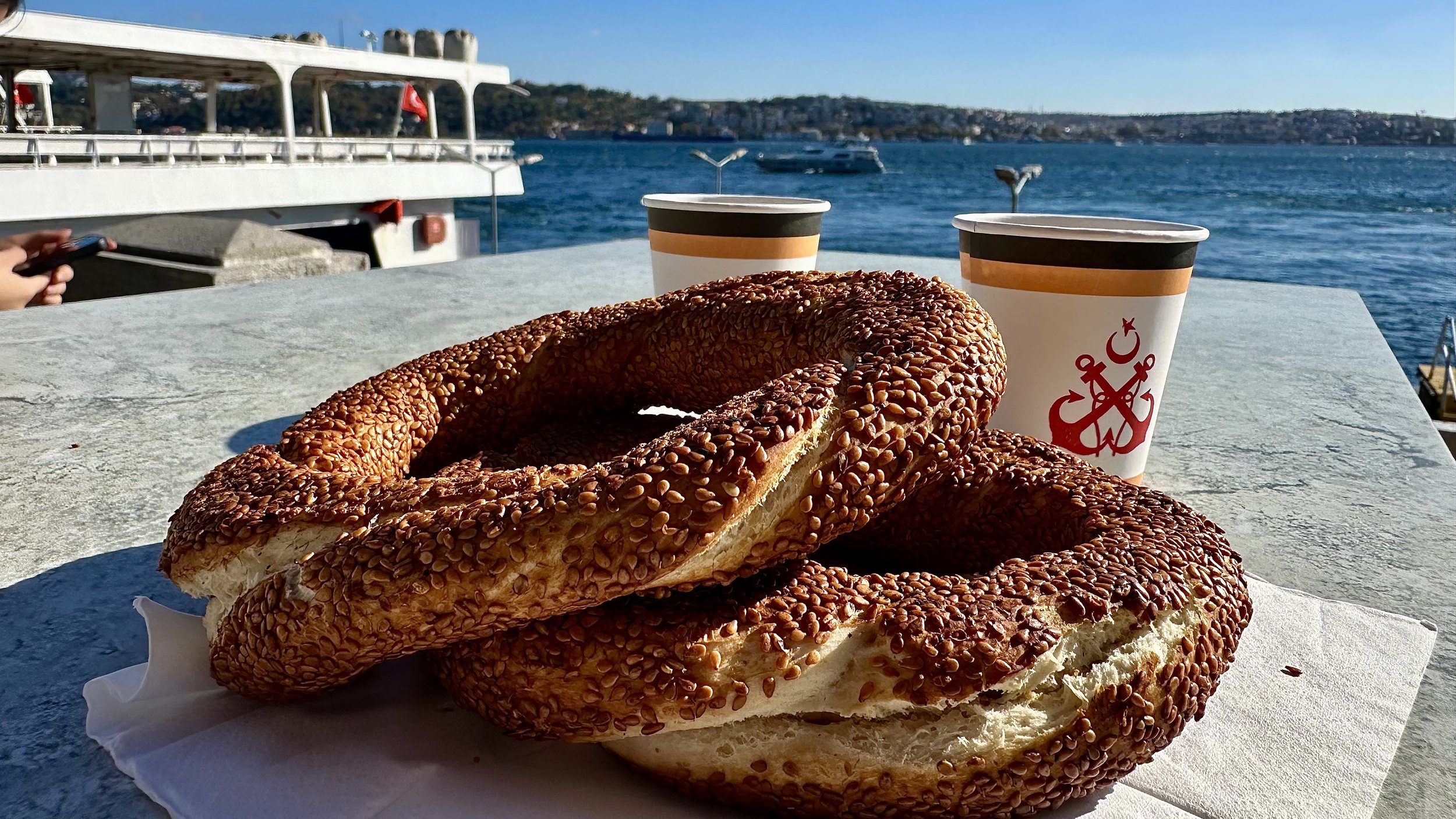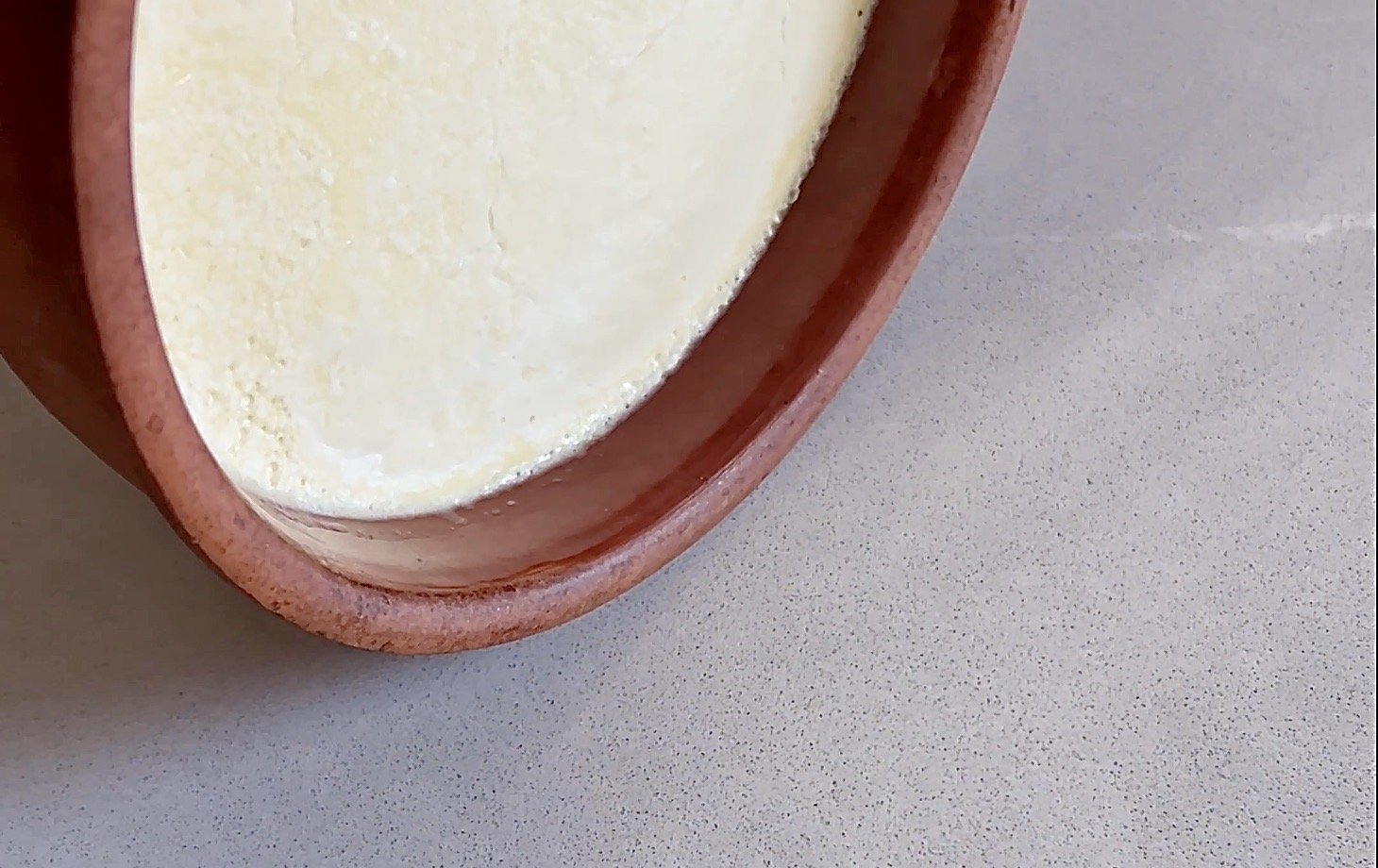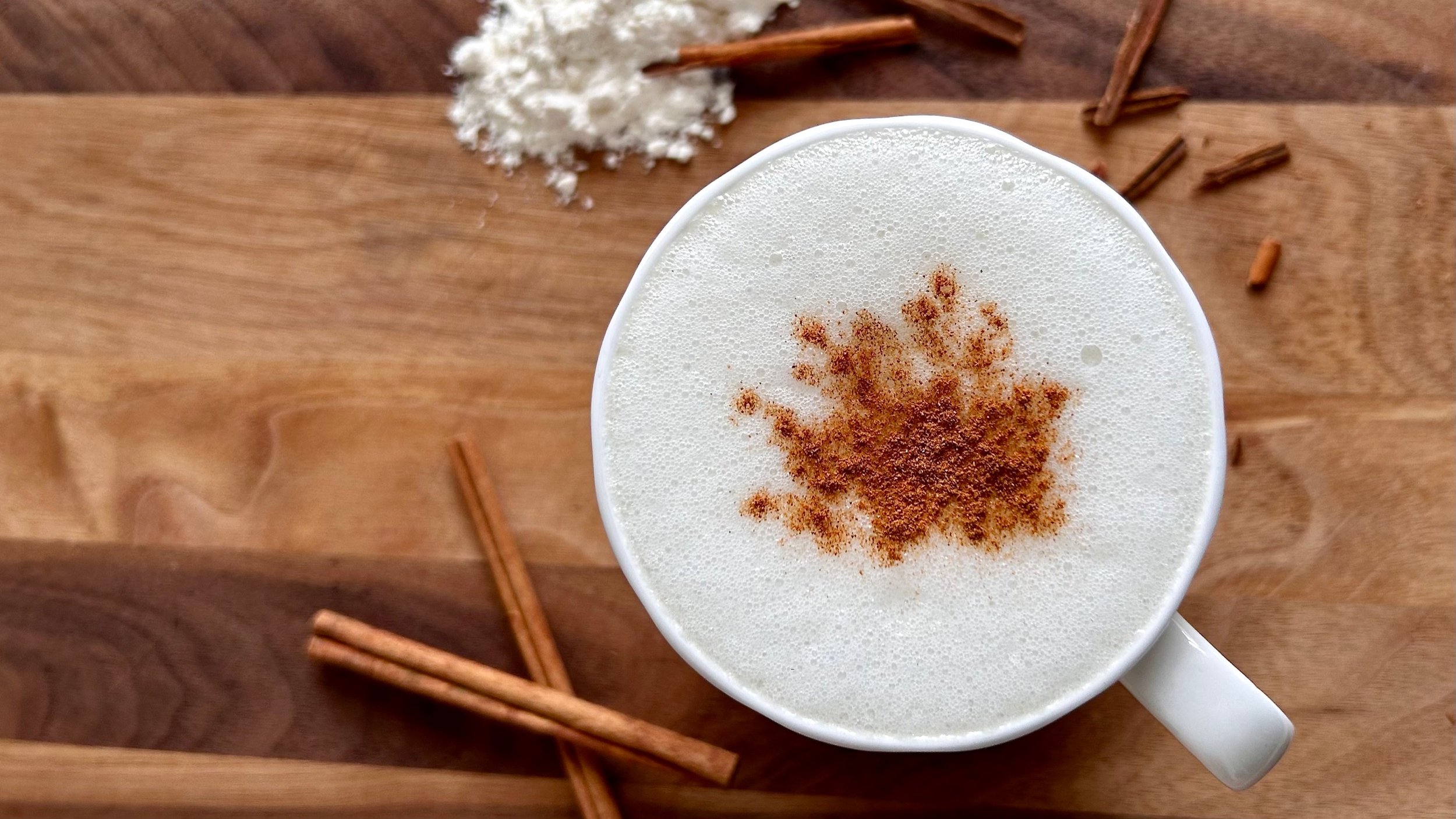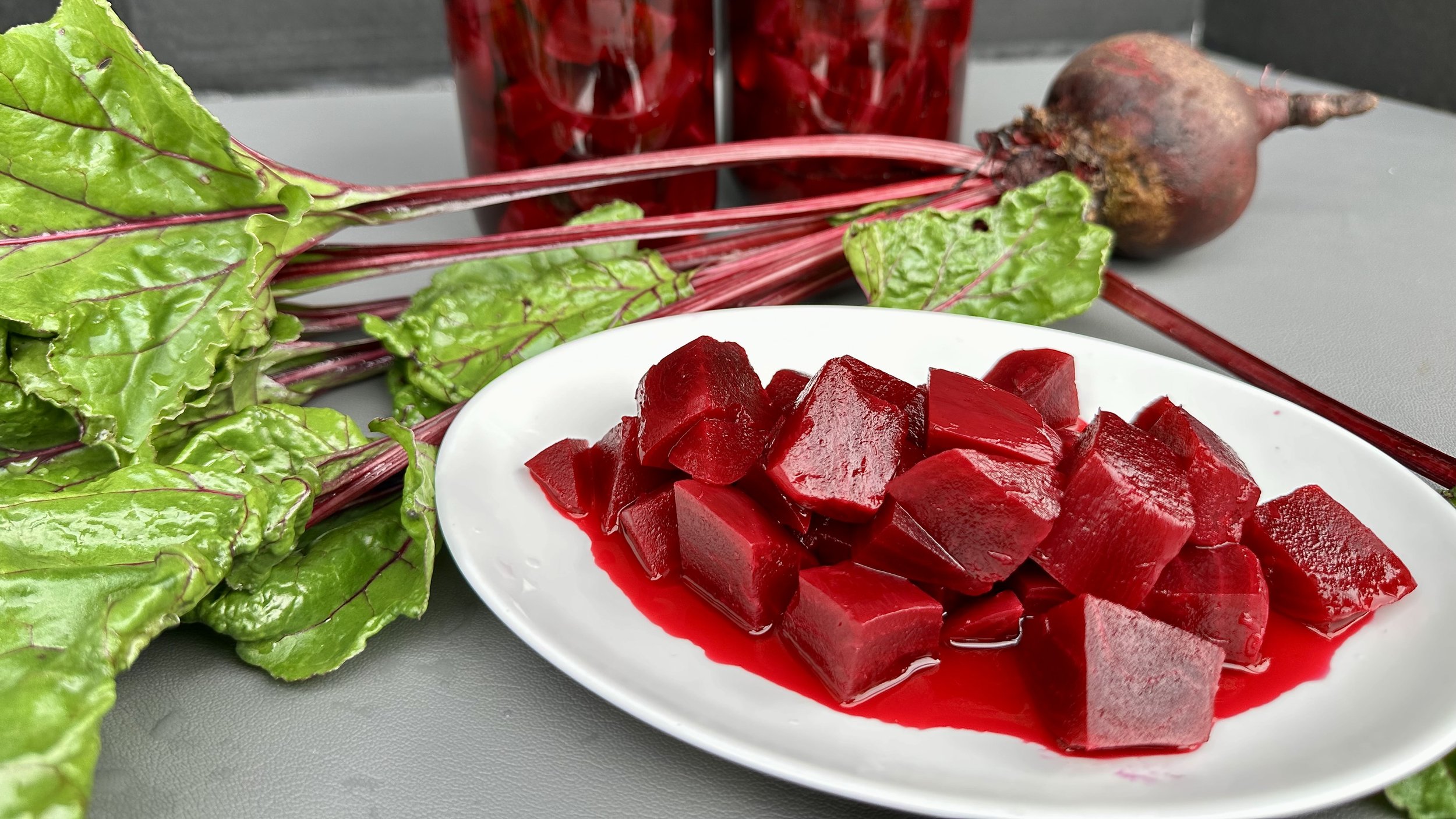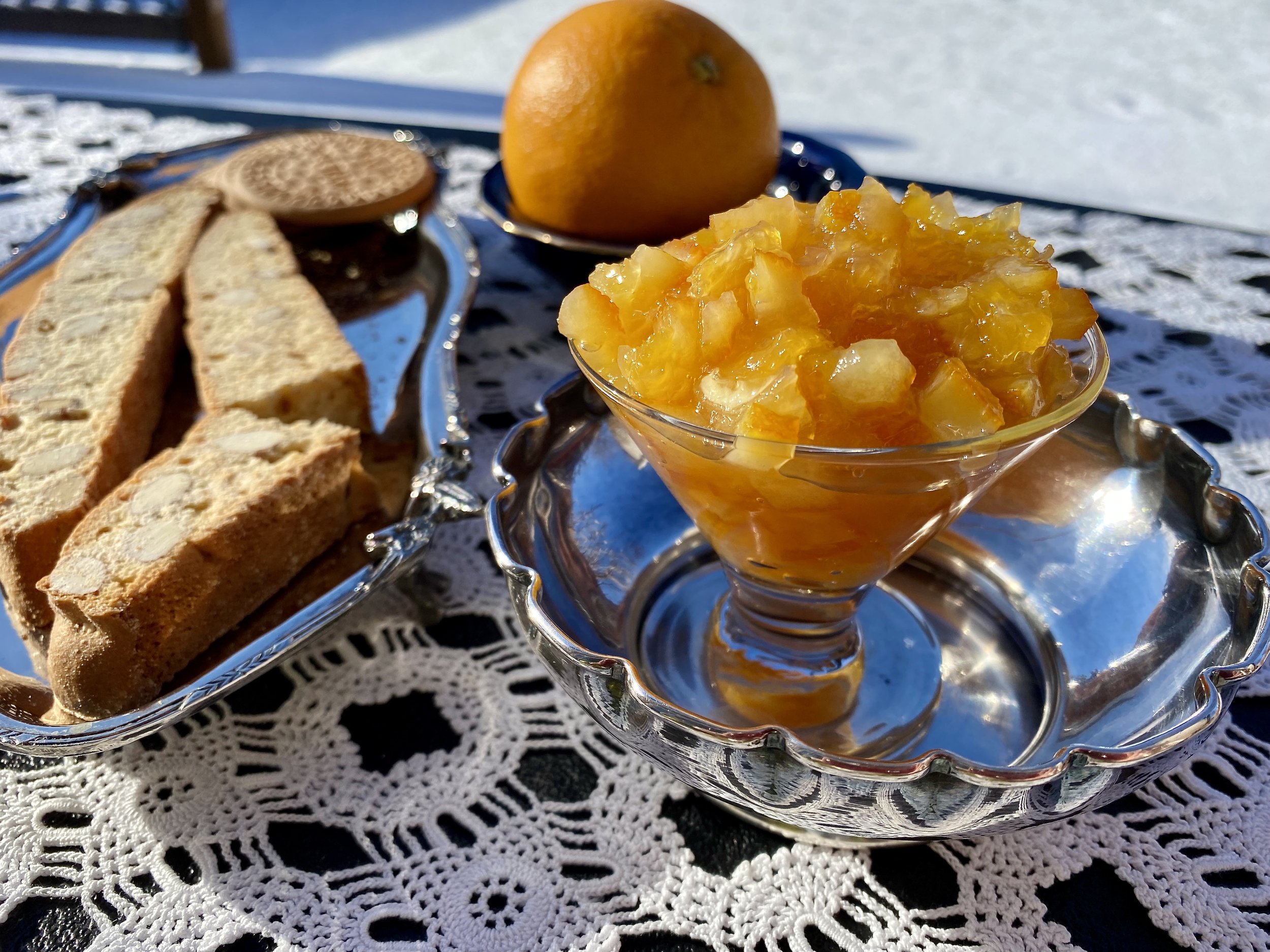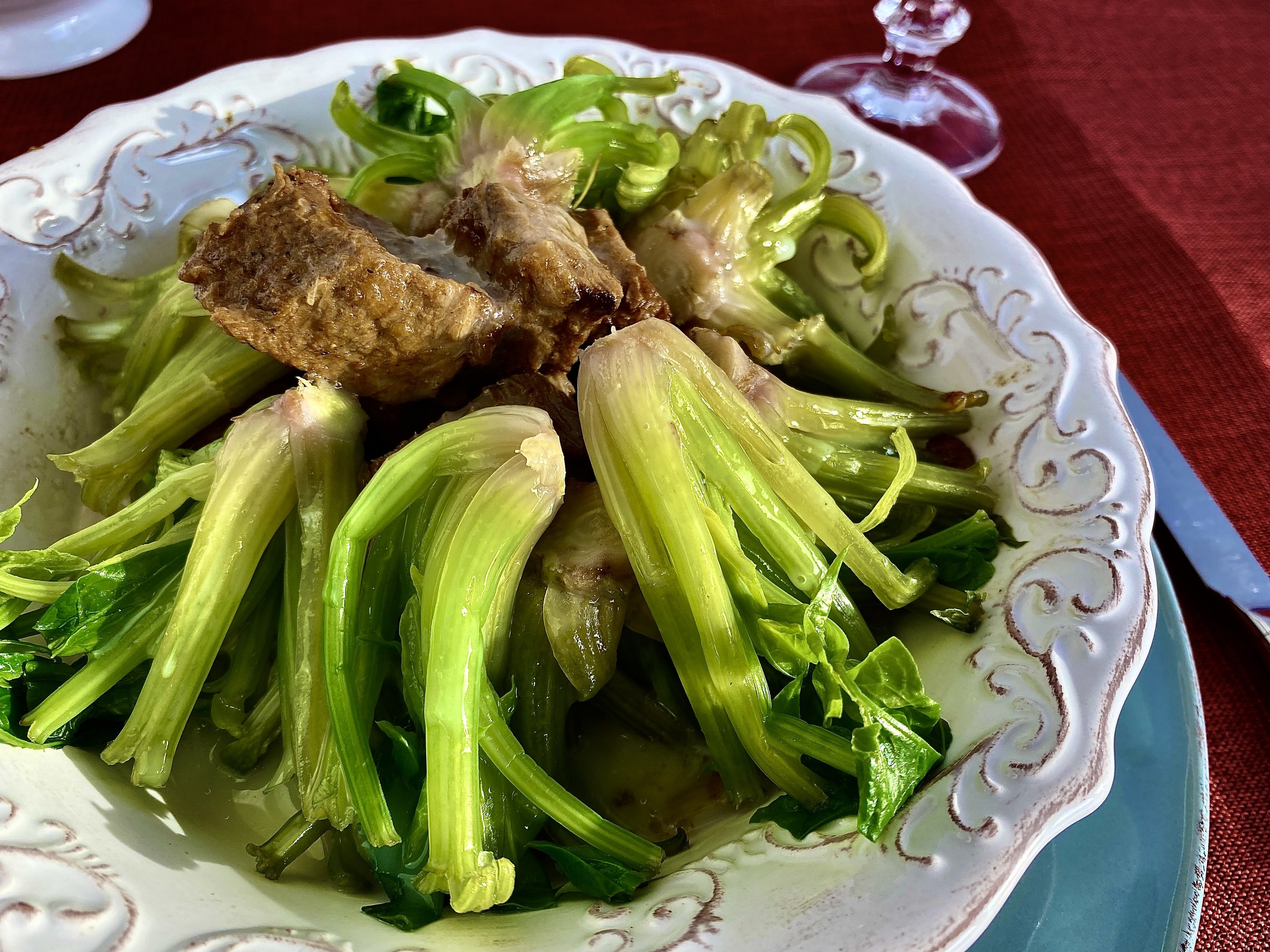Yoğurt and Dairy in Turkish Culture: An Introduction
Imagine the vast, rolling steppes of Central Asia, where the horizon stretches endlessly and the sky meets the earth in a seamless embrace. This is the ancestral land of the Turkic (Türk) nomads, whose way of life thousands of years ago laid the foundation for the cultures of settled Turkic peoples in present-day Turkey (Türkiye, meaning “Land of Türk”) and other Turkic nations. Among these early ancestors, the animals they herded (especially those providing milk) were vital, shaping not just their diet but their very way of life.
Sacred Milk, Staple Dairy
As Turkic people transitioned to a seminomadic lifestyle, milk remained a cornerstone of their existence. Their pastoral lifestyle, centered around livestock such as horses, sheep, goats, cattle, and camels, made dairy products indispensable. Fresh milk was sacred, but its true magic lay in its transformation into a variety of products that could sustain them through the harshest of climates and the longest of journeys.
One of the most cherished dairy products was yogurt or yoğurt (‘yo-oort’, from “yoğurmak” meaning “to knead/thicken”), a solid or viscous fermented staple, consistency depending on the season and local climate. Often diluted with water, yoğurt was also known as ayran (‘eye-rahn’), a savoury drink. This tangy, refreshing beverage was a constant companion, providing hydration and nutrition in one. Kefir, a different fermented milk beverage —known by Westerners today as a probiotic-rich health beverage— was also popular for its slightly tangy taste and gut health benefits. Yet another fascinating creation was kumis or kımız (‘kuh-muz’), a mildly alcoholic drink made from fermented mare's milk. This beverage held a special place in social and ceremonial contexts, often shared during gatherings and celebrations.
But the ingenuity of the Turkic people didn't stop there. They also made qurut or kurut (‘koo-root’, meaning “dry”), salted, dried sour curds shaped into balls, which were a durable and portable food source. Made by further drying strained yoğurt, kurut could be stored for long periods, ensuring delicious, nutritious sustenance even during times of scarcity.
Ingenious Compromise for Lactose Intolerance
Despite their heavy reliance on dairy, some Turkic populations exhibited lactose intolerance. Some theories suggest that traditional fermentation methods were vital and fermented dairy products were preferred over fresh milk because of their reduced lactose content as a result of controlled fermentation. This adaptability is a testament to their resourcefulness and deep understanding of their environment.
Social Vessel
Dairy products were not just about survival; they were deeply embedded in the social fabric of Turkic culture. Offering dairy items (such as kımız to visitors, or yoğurt to guests) was a symbol of hospitality and generosity, a gesture that strengthened bonds and fostered goodwill. The process of making cheese —referred to as “putting milk to sleep (sütü uyutmak)” by the 11th-century Turkish scholar Mahmûd Kaşgarlı— was often surrounded by rituals that brought communities together. These traditions have endured, diversified, and continue to remain integral to Turkish culture today.
40 Shades of Dairy: Language of Pastoralists
The significance of dairy is also reflected in the Turkic languages across Greater Eurasia, with more than 40 unique words dedicated to various dairy products. This linguistic heritage underscores the central role that dairy played in their daily lives and cultural identity.
In summary, for Turkic nomads, dairy was a central element of their economic, social, and cultural life. It influenced their dietary practices, traditions, and even their language, weaving a rich tapestry that continues to be celebrated in Turkish cuisine today. In future posts, we'll explore the evolution of yoğurt, its journey to the West, and its various uses in Turkish cuisine.

